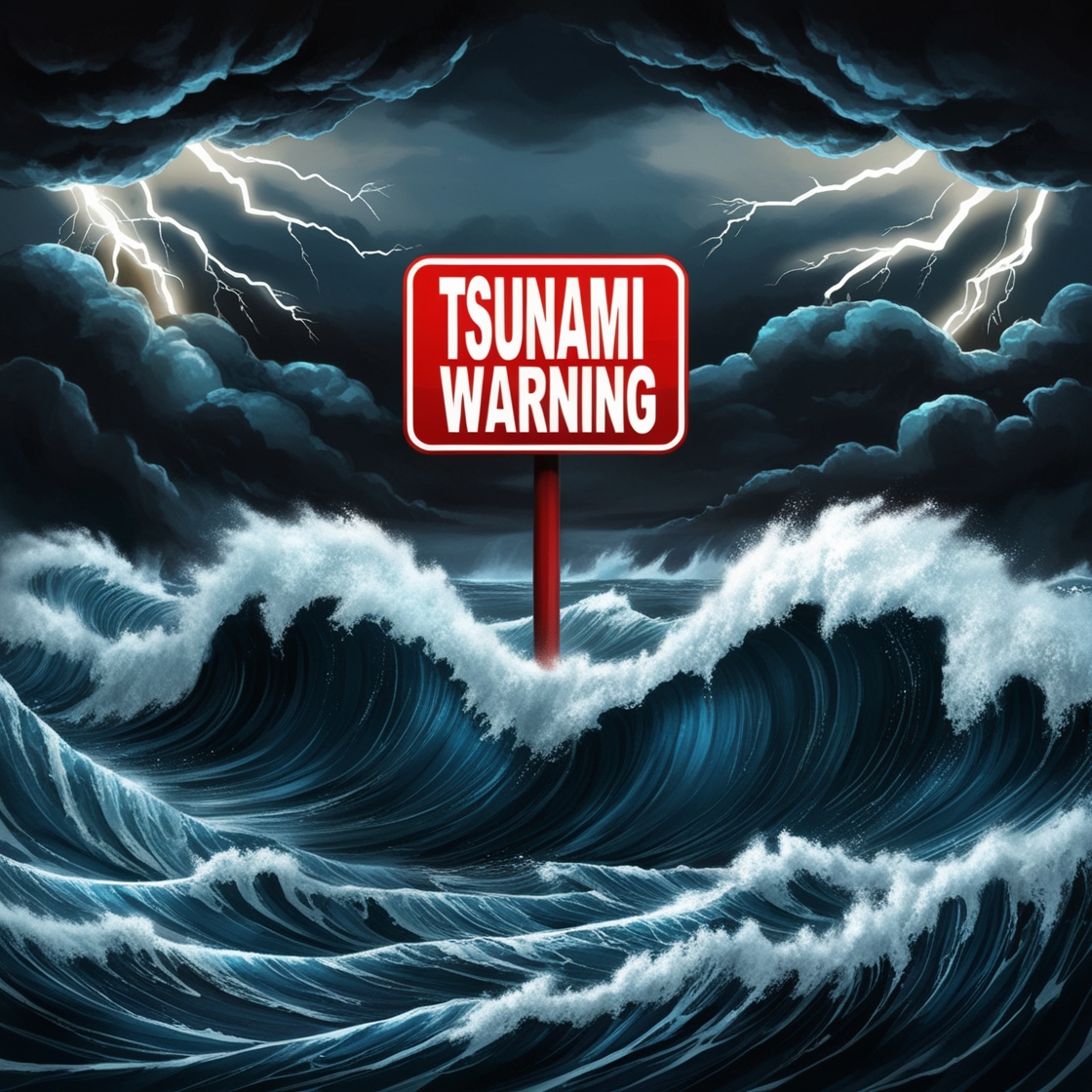On the morning of December 5, 2024, a powerful earthquake with a magnitude of 7.0 struck Northern California, sending strong tremors throughout the Bay Area. The earthquake, which hit at 10:44 a.m. local time, was felt across a wide region, including areas as far as San Francisco, prompting emergency officials to issue a tsunami warning along the coastline.
The U.S. Geological Survey (USGS) reported that the epicenter of the earthquake was located approximately 10 miles southwest of Scotia in Humboldt County. The tremors from this major seismic event were felt in numerous cities, including San Francisco, where residents reported intense shaking and rolling waves. As a result of the earthquake, the Bay Area experienced widespread alerts, with some transportation services, including the Transbay tube for BART, temporarily halted for safety reasons.
In response to the earthquake, emergency services quickly issued tsunami warnings, advising residents in the affected coastal regions to move to higher ground. Affected areas include parts of California and Oregon, stretching from Davenport, near Santa Cruz, to the Douglas/Lane Line in Oregon. The tsunami warning indicated that significant coastal flooding, accompanied by dangerous currents, was possible. These conditions could persist for several hours after the initial wave arrival.
Tsunami Warning Threat and Evacuation Efforts
As part of the tsunami warning, authorities urged residents in coastal areas to evacuate and seek higher ground immediately. Sirens were activated in Humboldt County, where deputies were warning locals of the tsunami threat. In addition to local evacuations, schools in Pacifica were also evacuated, and BART services were suspended in the region. Law enforcement agencies, including the San Francisco Police Department (SFPD), are closely monitoring the situation, urging the public to adhere to evacuation instructions and stay away from beaches and coastlines.
The National Tsunami Warning Center has warned that tsunami waves from this seismic event are expected to reach the San Francisco coastline by approximately 12:10 p.m. While the exact size of the waves remains uncertain, scientists are actively assessing the situation. Residents in vulnerable areas are advised to remain alert and stay away from the shoreline until further notice.
Seismic Activity in the Region
This powerful earthquake follows a series of smaller tremors in the region. On December 4, two significant earthquakes of magnitudes 4.2 and 4.4 struck the same area. Although these smaller quakes did not trigger any alerts, they were part of the seismic activity that preceded Thursday’s larger tremor. Additionally, a 5.8-magnitude earthquake occurred near Cobb, north of Santa Rosa, just minutes after the initial tremor.
While the full extent of the damage remains unclear, this earthquake serves as a stark reminder of the region’s vulnerability to seismic activity. The Bay Area has experienced significant earthquakes in the past, including the 2014 Napa earthquake, which caused widespread damage to infrastructure and buildings.
Impact on Local Institutions and Services
Several institutions along the coast have been affected by the earthquake and tsunami warnings. The San Francisco Zoo, located on the city’s coastline, was closed, and all guests were evacuated to ensure their safety. Animals were also secured, and zoo staff were relocated to higher ground in accordance with tsunami safety protocols.
Conclusion: A Wake-Up Call for Preparedness
As the region continues to monitor aftershocks and assess the potential impact of the tsunami, residents are reminded of the importance of being prepared for seismic events. Emergency management agencies are actively working to ensure public safety, while local authorities urge people to stay informed through official channels and follow all evacuation instructions. While damage reports are still being processed, the earthquake and tsunami warnings underscore the need for heightened awareness of the region’s seismic risks. Residents and visitors alike should prioritize safety, especially in coastal areas, and heed all warnings to protect themselves from the potential dangers posed by this natural disaster.

